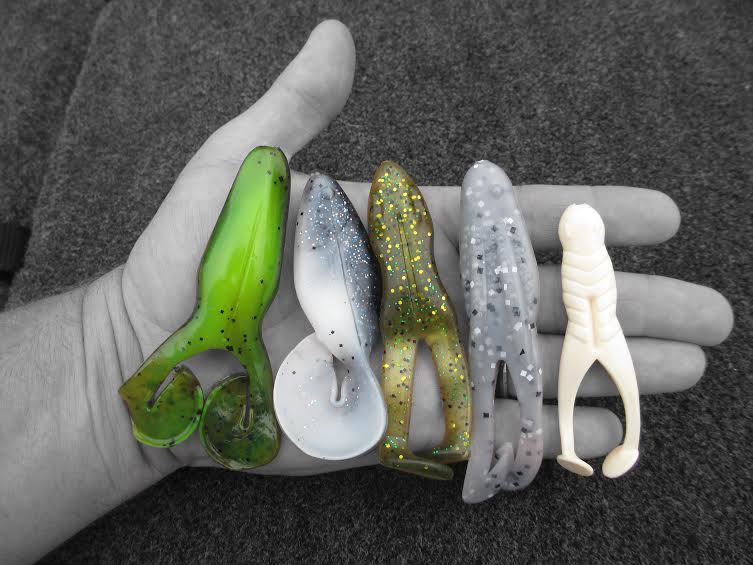Lure Retrievers: How to Save Money
Nearly every bass boat I've ever climbed aboard has had some kind of lure retriever laying in the back of a locker or under a console. They're usually covered in dust and it seems that every guy has a different name for them. Whether you own a hound dog, bait knocker, plug knocker, pocket knocker, an extendable pole, or just a plain old lure retriever, its time to learn how to use it.
We all own retrievers but I almost never see guys use them. What is it that compels us to break off jigs, crankbaits, texas rigs, even swimbaits, without so much as a second thought? I think the answer lies in a lack of education.
A lure retriever is one of those contraptions that really ought to come with an owner's manual. Between the pretty pictures and your choice of 8 languages we could all start saving money on baits! Until that happens, this video is going to have to suffice.
Matt Shows off a Jewel Baits Hound Dog, an $8 contraption that has single-handedly saved nearly $1000 dollars in swimbaits in the past two years alone.
We've broken the video down in to sections and will show how/when to use the traditional bait knocker (with or without chains), the extendable pole style, and the pocket knocker style retrievers.
Once you've seen the proper technique it becomes very simple to get your baits out of snags. At the very least, start carrying the pocket knockers with you when you fish. It takes an extra 10 seconds to slide one down the line and it gets the vast majority of your baits out of snags with just a shake of the rod tip. Its not a silver bullet but these techniques save us thousands of dollars every year. If you're not putting a retriever to work for you, you're throwing money down the drain.

